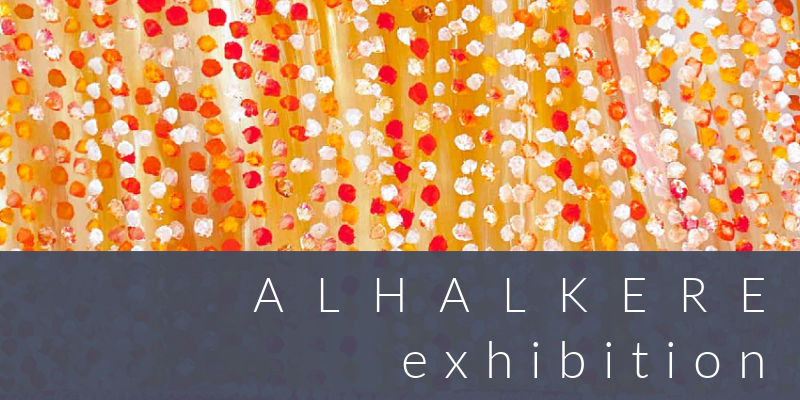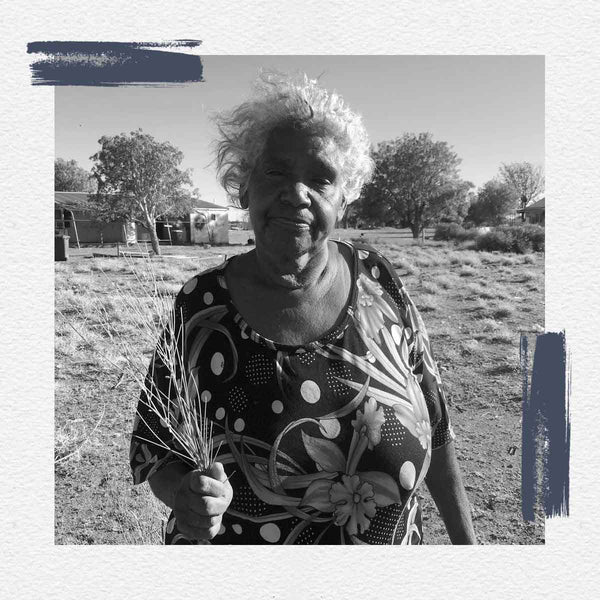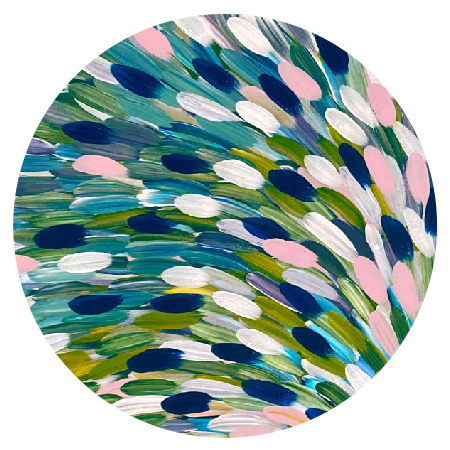Paintings
Exhibitions
Subscribe to receive your exclusive preview of exhibitions prior to opening.
You will be able to view and purchase exhibition artworks before they go live.

Past Exhibitions
Subscribe to receive your exclusive preview of exhibitions prior to opening.
You will be able to view and purchase exhibition artworks before they go live.
Subscribe
Collections
Artists
About the Artists
Our vibrant and dynamic artists are from the Utopia region; a large remote area of Central Australia which, until recently, had no government funded art centre. As a result of their pioneering efforts, they have one of the strongest and richest art histories.

Explore More Artist Bio's >
About the Artists
Our vibrant and dynamic artists are from the Utopia region; a large remote area of Central Australia which, until recently, had no government funded art centre. As a result of their pioneering efforts, they have one of the strongest and richest art histories.
Emily Kame Kngwarreye
“When you consider that she never studied art, never came into contact with the great artists of her time and did not begin painting until she was almost 80 years of age, there can only be one way to describe her. She was just a genius.” – Akira Tatehata – Director, National Museum of Art, Osaka
“What’s important is that she never would have visited anything like New York, she was a product of a very, very remote community. So there are similarities in style, but her source was entirely different - her work was rooted deeply in her culture and deep in Australia’s desert.” – Margo Neale – Senior Curator and Principal Indigenous Advisor to the Director, National Museum of Australia
"Emily’s work has been regularly compared to the New York abstract expressionists Jackson Pollock, Willem de Kooning and Mark Rothko. A principal distinction the critics make, and it is key to understanding the acclaim surrounding the paintings of the Utopian artist, is that Kngwarreye is better, more profound."- Sydney Morning Herald, 31/5/08
Emily Kame Kngwarreye was a senior custodian for Alhalkere country. She began painting late in her life and had first been introduced to silk batik with a group of women from Utopia in 1977. Emily had been working with batik in Australia and abroad between 1977 and 1987 before taking up acrylics on canvas.
Canvas gave Emily and the other artists a greater freedom of expression to experiment with different styles in which to portray their Dreaming stories. Her trademark style of superimposed bold gestural dotwork, sometimes overlaying linear patterns derived from ceremonial body paint designs, would have been technically impossible in batik. In this way, Emily, as an artist, was able to fully express her country and Dreamings in the way she knew them.
Emily's paintings are described by leading international art academics as being equal to the works of Monet, and other great Impressionist and Abstract artists such as Jackson Pollock, Willem de Kooning, and Rothko. Experts have argued that one of her masterpieces, Earth’s Creation, is a more important painting for Australia than Jackson’s Blue Poles, the highly controversial American work that put the National Gallery of Australia onto the world stage in 1973, and remains one of its most celebrated works today.
No artwork currently available
Subscribe
Sign up for exhibition previews, new releases and featured pieces…
utopia lane

Subscribe to our VIP group for new arrivals, exhibition previews + special features ♥







